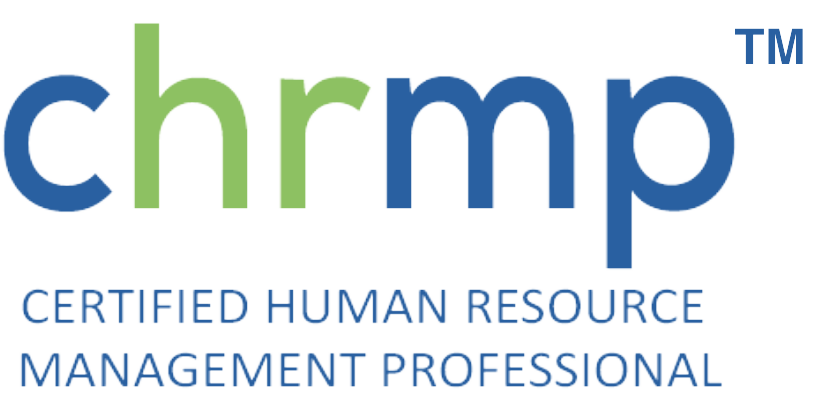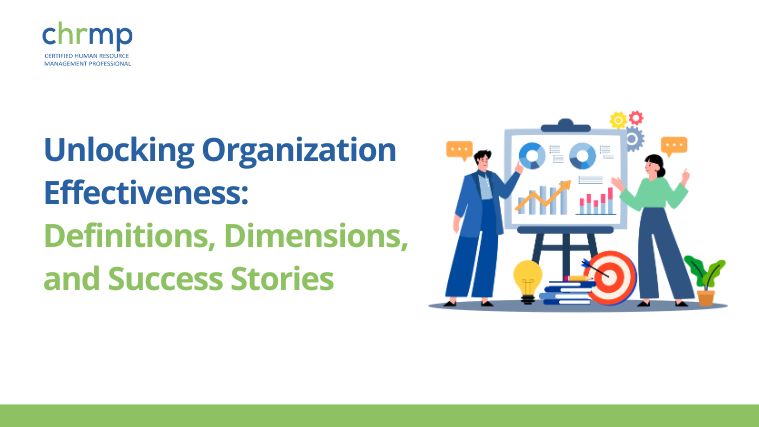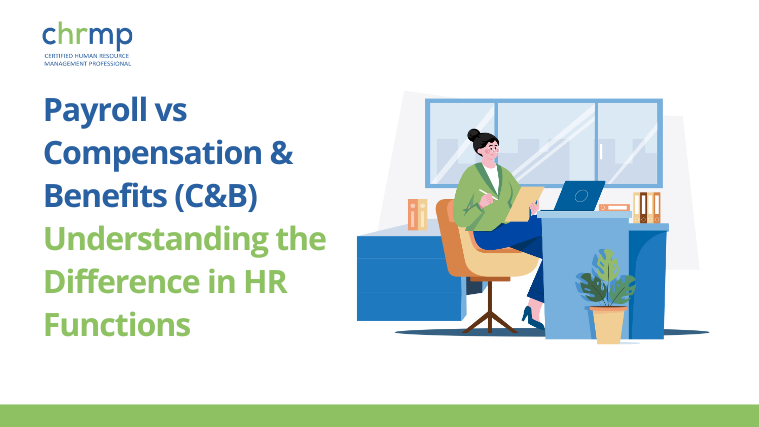Have you ever felt a profound sense of achievement and satisfaction after beating your high score in a favorite video game? How cool would it be if you could feel the same after the end of every workday?
Well, buckle up, because we’re here to explore just that!
In today’s ever changing workplace culture, gamification has emerged as a new, exciting trend.
Using elements typically seen in games like leaderboards, badges, points, rewards etc, organizations are now creating innovative ways to keep their employees more engaged, increase productivity in the workplace, improve learning outcomes, and enhance employee satisfaction.
When done right, gamification in the workplace can bring a host of benefits to the company.
In this blog, we shall look at the definition, benefits, examples, etc. of gamification in the workplace and much more.
So whether you’re an employer looking for innovative ways to increase employee engagement and motivation or an employee looking to make work more fun and exciting, this blog is for you.
So without further ado, let’s dive right in!
What is Gamification in the Workplace?
The use of gaming principles, design, and mechanics to drive employee engagement, productivity and motivation in the company is called gamification in the workplace.
Gamification in the workplace involves applying elements of games like points, rewards, badges, leaderboards, challenges, etc. to make work more enjoyable, rewarding and interactive.
There are several forms of gamification in the workplace ranging from training and development programs to sales contests, performance management systems, employee rewards programs, etc.
Gamification in the workplace is aimed at creating a highly engaged and immersive work environment that fosters a culture of community and fun among employees while stimulating creativity, innovation and increasing productivity.
Incorporating gaming elements into daily work activities, employers can tap into the intrinsic motivation of employees that stems from the satisfaction of conquering goals and receiving rewards for their efforts.
Gamification in the workplace can also help managers provide feedback to employees in real time, allowing them to see how their actions impact the company on a daily basis, and make adjustments to further improve that ‘high-score’.
How is Gamification in the Workplace Beneficial?
Gamification in the workplace can have several benefits for the company. It can significantly increase employee productivity and motivation by creating a highly engaging and collaborative work environment. Using game design principles such as points and leaderboards, employers can create a sense of healthy competition among employees, thus making work activities more satisfying and enjoyable.
Gamification in the workplace can help companies improve training and development outcomes by making training programs more interactive and immersive. Incorporating gaming elements into training programs will also make employees more likely to retain information better and apply the newly-acquired skills to real world situations.
Gamification in the workplace can also foster a sense of community and teamwork in employees. Using gaming elements such as leaderboards and team challenges leads to employees working towards a common objective, thus building a sense of shared purpose and camaraderie..
How Employees Experience Gamification in the Workplace
Employees experience gamification in the workplace as a more engaging and motivating way to approach work-related activities. Gamification in the workplace helps employees view their progress in a more tangible and satisfying manner.
It builds a sense of accomplishment in employees after watching their scores improve on the leaderboard, thus improving job satisfaction. Employees also feel highly motivated, get more invested in their work and are more willing to put in additional effort to achieve their target in order to receive recognition and rewards for their accomplishments.
Gamification in the workplace makes work activities more immersive, interactive and enjoyable, and provides employees with a sense of challenge and excitement. Employees can keep track of their progress in real-time and adjust their efforts to improve performance through the use of game mechanics such as levels, challenges, and feedback.
Overall, employees experience gamification in the workplace as a more engaging, motivating, and satisfying way to approach work-related activities. Gamification can help to foster a sense of achievement, recognition, and community among employees, leading to increased motivation, job satisfaction, and overall performance.
Example of Gamification in the Workplace
To clarify the concept of gamification in the workplace further, here’s an example of gamification in a sales contest that uses game mechanics to motivate and engage sales representatives.
In this scenario, a company might create a sales contest where each representative earns points for meeting specific sales targets or completing certain tasks, such as making a certain number of phone calls or booking a certain number of appointments in a specific time frame. A leaderboard is used to track the representatives’ progress, and the representative with the most points at the end of the contest wins a prize.
The contest might also include other game elements, like levels or badges, to further motivate and engage the sales representatives. For example, representatives might earn a badge for achieving a specific sales goal like making 50 sales, or move up to a higher level for consistently meeting or exceeding their sales targets.
By incorporating game elements into the sales contest, the company is making the work experience more engaging and motivating for the sales representatives. The contest creates a sense of healthy competition, as representatives compete with one another to earn the most points and win the prize.
The leaderboard and other game elements also keep track of progress in real-time and provide instant feedback on the representatives’ progress, which can help to increase their motivation and focus.
Frequently Asked Questions
What types of activities can be gamified in the workplace?
A: Almost any activity that employees perform on a regular basis can be gamified in the workplace. Examples include training programs, employee onboarding, performance management, team collaboration, and employee recognition programs.
Do all employees respond well to gamification?
A: While most employees respond positively to gamification, it may not be effective for everyone. Some employees may not be motivated by game mechanics or may find them distracting. It’s important for companies to assess employee preferences and tailor their gamification efforts accordingly.
Is gamification expensive to implement?
A: The cost of implementing gamification in the workplace can vary depending on the complexity of the program and the resources required to develop and maintain it. However, there are many affordable gamification platforms available that can make it more accessible to companies of all sizes.
Can gamification be used to improve employee learning and development?
A: Yes, gamification can be an effective tool for improving employee learning and development outcomes. By incorporating game elements such as levels, challenges, and rewards, employees can be more engaged in the learning process and retain more information.
How do you measure the effectiveness of gamification in the workplace?
A: There are several ways to measure the effectiveness of gamification in the workplace, including employee engagement surveys, performance metrics, and user feedback. It’s important to set clear goals and metrics at the outset of the gamification program to ensure that its effectiveness can be measured over time.
Conclusion
To conclude, gamification in the workplace is an effective way to improve employee engagement, motivation, and productivity in the workplace. By incorporating game elements into daily work activities, companies can make the work experience more enjoyable, satisfying, and rewarding for employees.
Gamification can provide employees with a sense of achievement and recognition, tap into their intrinsic motivation, and foster a sense of community and collaboration. It can also help to improve learning and development outcomes, as well as overall business performance.





